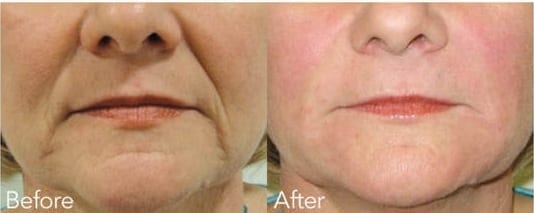Belotero
First to offer Belotero in Phoenix and Scottsdale AZ. Suddenly Slimmer Med Spa has been in business since 1988!
The Buzz About Belotero! For those who haven’t heard… there is a new filler available in the United States!
The FDA recently approved this hyaluronic-acid filler, known as Belotero, which can be used to treat moderate-severe facial wrinkles and folds. Belotero has been used for years in Europe and Canada, and it is very similar to other hyaluronic fillers, such as Juvederm and Restylane. However, there are some key differences you should know about.
#1. Belotero is for superficial wrinkles and folds. The main difference between Belotero and other products like Juvederm and Restylane, is that Belotero is designed to help treat superficial lines and wrinkles that are closer to surface of the skin. This is important because other HA fillers, like Juvederm, Restylane, and Perlane, can produce a bluish hue under the skin if they are injected too superficially. This is called the Tyndall Effect, and can be a significant problem when inexperienced practitioners are doing the injections. The problem has supposedly been solved with Belotero, but everyone should remember that the Tyndall Effect occurs very rarely in the hands of experienced injectors.

#2. Belotero may last longer than other HA fillers. The key word here is “may”. Most HA filler manufacturers say that their products last up to 12 months, but in reality, very few of them actually do. The average amount of time that most HA fillers last is 3-4 months. The company that makes Belotero says that it lasts 6-12 months on average, compared to 6-8 months with Juvederm. Time will tell if this is true or not… The Bottom Line about Belotero. Overall, Belotero may fill a gap in the filler industry by allowing practitioners to use it to treat superficial fine lines without having to worry about the possibility of the bluish hue. This quality may make Belotero useful for treating superficial lines between the eyes, around the mouth, or under the eyes where the skin is thin and the Tyndall Effect is more common.





